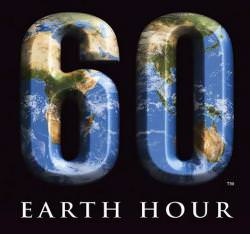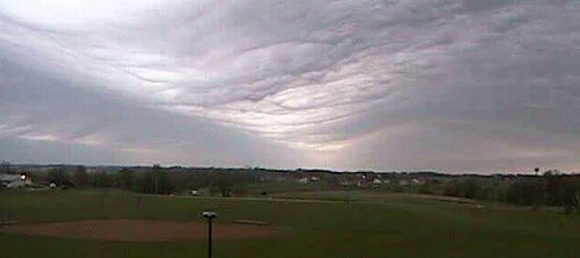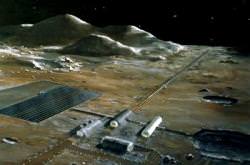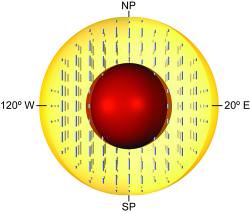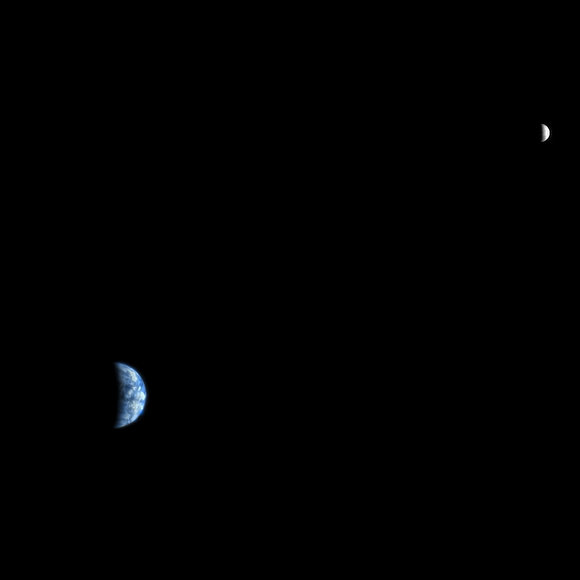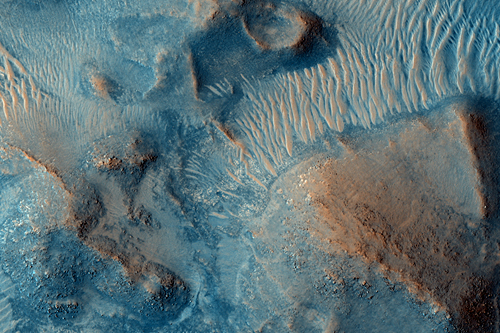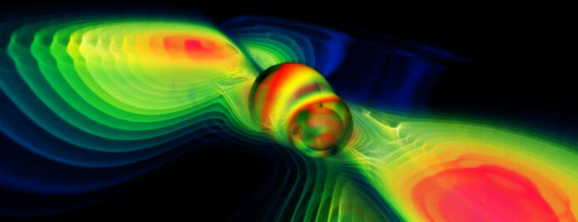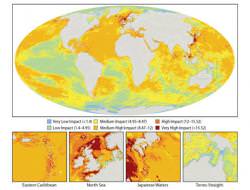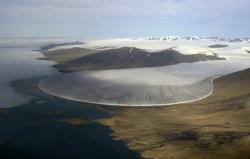Do you remember last year when Sydney, Australia made the news by turning their lights out for one hour to show their concern about global warming? Besides being concerned about the effects, especially for my children and grandchildren, as an astronomer I support anything which helps reduce light pollution, even if it’s just for an hour. Beyond extinguishing the lights for 60 minutes at 8pm March 29, 2008, there are lots of things you can do to make Earth Hour 2008 an even greater success. Let’s take a look.
2.2 million people and 2100 Sydney businesses turned off their lights for one hour – Earth Hour – March 29, 2008. According to their information, the greenhouse reduction achieved in the Sydney CBD during Earth Hour was sustained for a year, it would be equivalent to taking 48,616 cars off the road for a year. This year many major global cities are joining Earth Hour in 2008, and they’re are turning a symbolic event into a global movement.
Start showing your support by visiting our own Universe Today Earth Hour page and signing up on the UT page. You’ll see your name appear as an Earth Hour / Universe Today participant! Tell a friend. Better still, tell all your friends, and your family, and your workmates. Just email them with a link to this website. We may or may not make an impact, but it won’t be because we didn’t try. You can also organize your own Earth Hour activities as well and you’ll find packets and information on how to involve your community at the Earth Hour Website.
If you think this is going to be big, then you’re right. Created to take a stand against the greatest threat our planet has ever faced, Earth Hour uses the simple action of turning off the lights for one hour to deliver a powerful message about the need for action on global warming. This simple act has captured the hearts and minds of people all over the world. As a result, at 8pm March 29, 2008 millions of people in the world’s major capitol cities like Aalborg, Aarhus, Adelaide, Atlanta, Bangkok, Brisbane, Canberra, Chicago, Christchurch, Copenhagen, Dublin, Manila, Melbourne, Montreal, Odense, Ottawa, Perth, Phoenix, San Francisco, Suva and Lautoka, Sydney, Tel Aviv, Toronto and Vancouver will be participating as well.
At last count, over 172,000 individuals and nearly 12,000 businesses/organizations have agreed to support Earth Hour. Just who in the astronomy world would do that? In the United States alone you’ll find such great organizations Adler Planetarium, Arizona Science Center, Oceanside Photo and Telescope, StarPals, and The Chicago Astronomer just to name a few. You’d be amazed at the number of schools, universities, restaurants, motels, airlines and others that will be participating.
Sign up now… And let the Universe Today voice be heard!

